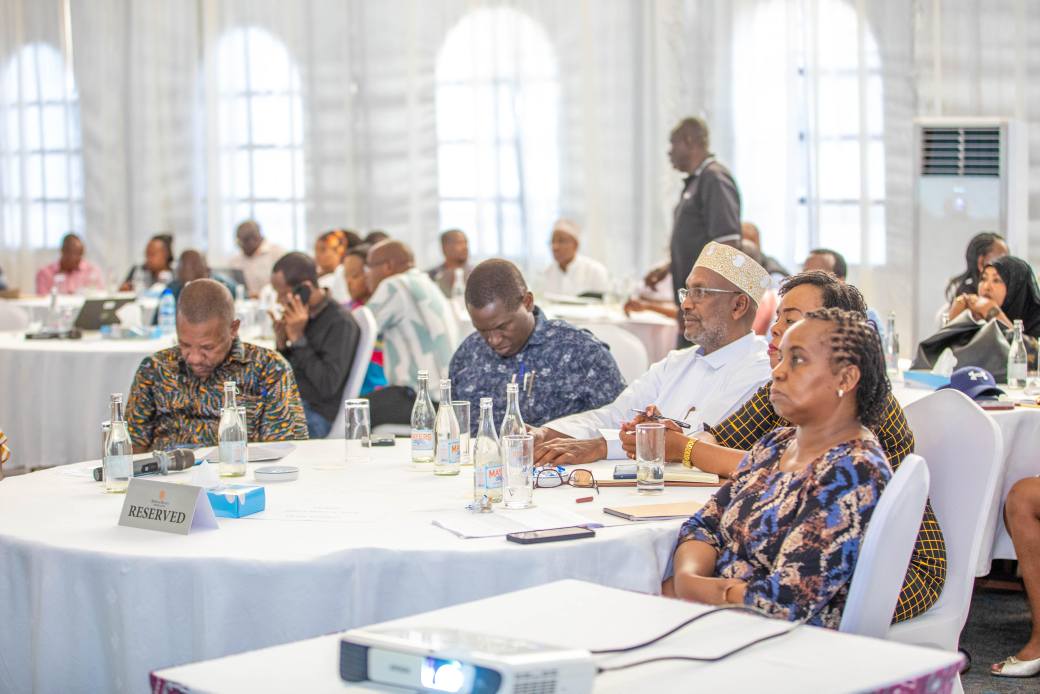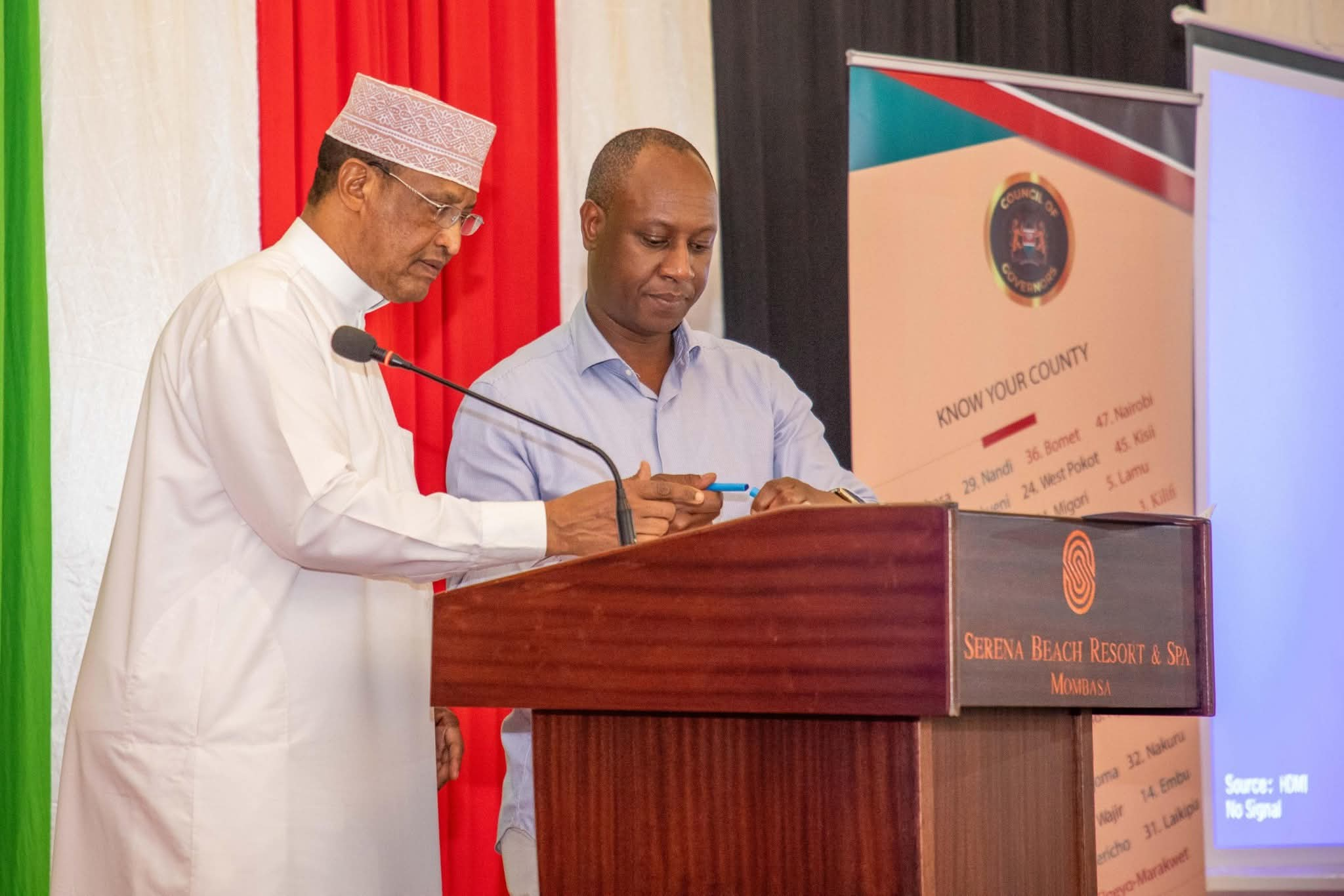Kenya is set to revolutionize its livestock sector with the unveiling of the Kenya Livestock Blueprint, a comprehensive strategy aimed at transforming the industry from subsistence farming into a globally competitive economic driver.
The announcement follows a two-day consultative meeting between the Ministry of Agriculture and Livestock Development and the Council of Governors, held at Serena Beach Hotel in Mombasa on September 23-24, 2025.
Led by Cabinet Secretary Hon. Sen. Mutahi Kagwe and Council of Governors Chairperson H.E. FCPA Ahmed Abdullahi, the meeting brought together key stakeholders, including Vice-Chairperson H.E. Mutahi Kahiga, ASALS and DRM Committee Chairperson H.E. Nathif J. Adam, governors from Arid and Semi-Arid Lands (ASAL) counties, and Principal Secretary for Livestock Development Hon. Jonathan Mueke.

The gathering culminated in the adoption of 15 transformative resolutions designed to reposition the livestock sector as a cornerstone of food security, livelihoods, and economic growth.
The cornerstone of the resolutions is the development of the Kenya Livestock Blueprint, a joint strategy by national and county governments to shift the sector toward global competitiveness.
This blueprint will be supported by a co-financed program to ensure its effective implementation.
“We are collaboratively repositioning the livestock sector to drive economic growth and secure livelihoods,” said Hon. Mueke, emphasizing the partnership between the two levels of government.
Key resolutions include significant investments in infrastructure such as abattoirs, feedlots, transport hubs, and tanneries to meet international standards and unlock export markets.

The governments also committed to large-scale rangeland restoration and sustainable grazing systems to combat environmental challenges, including invasive species.
To enhance market access, a target of 80% livestock vaccination coverage by 2027 was set, supported by a robust disease surveillance system and the establishment of biosafety level 1 laboratories in all counties.
The meeting also prioritized the rollout of the Livestock Masterplan, which will leverage updated livestock data for informed decision-making. Additionally, breed improvement programs will focus on developing early-maturing livestock breeds that meet market demands.
To ensure resilience, animal feed reserves, including production and storage facilities, will be established nationwide.
A significant step toward global compliance is the fast-tracked implementation of the Animal Identification and Traceability (ANITRAC) system, ensuring Kenyan livestock products meet international standards.
To support farmers financially, a Livestock Revolving Fund, including a Sharia-compliant component, will provide affordable credit to strengthen the livestock value chain.
Policy harmonization was another critical focus, with both levels of government pledging to review and align livestock policies to enhance exports and competitiveness in regional and global markets.
The recruitment of skilled livestock extension officers specializing in veterinary medicine, animal production, and range management will further professionalize the sector.
In response to the looming drought threat, contingency plans will be activated to mitigate its impact on livestock.
The organization of farmers into cooperatives was also highlighted as a strategy to enhance economies of scale and commercialization, while County Aggregation and Industrial Parks (CAIPs) will drive the development of livestock value chains.
The resolutions reflect a clear delineation of roles between national and county governments, ensuring seamless collaboration in project conceptualization and implementation.
Signed by Principal Secretary Hon. Jonathan Mueke and Garissa Governor H.E. Nathif J. Adam, the resolutions mark a bold step toward a sustainable and prosperous livestock sector.
With these ambitious plans, Kenya is poised to transform its livestock industry into a global economic powerhouse, fostering food security and economic opportunities for millions of its citizens.

